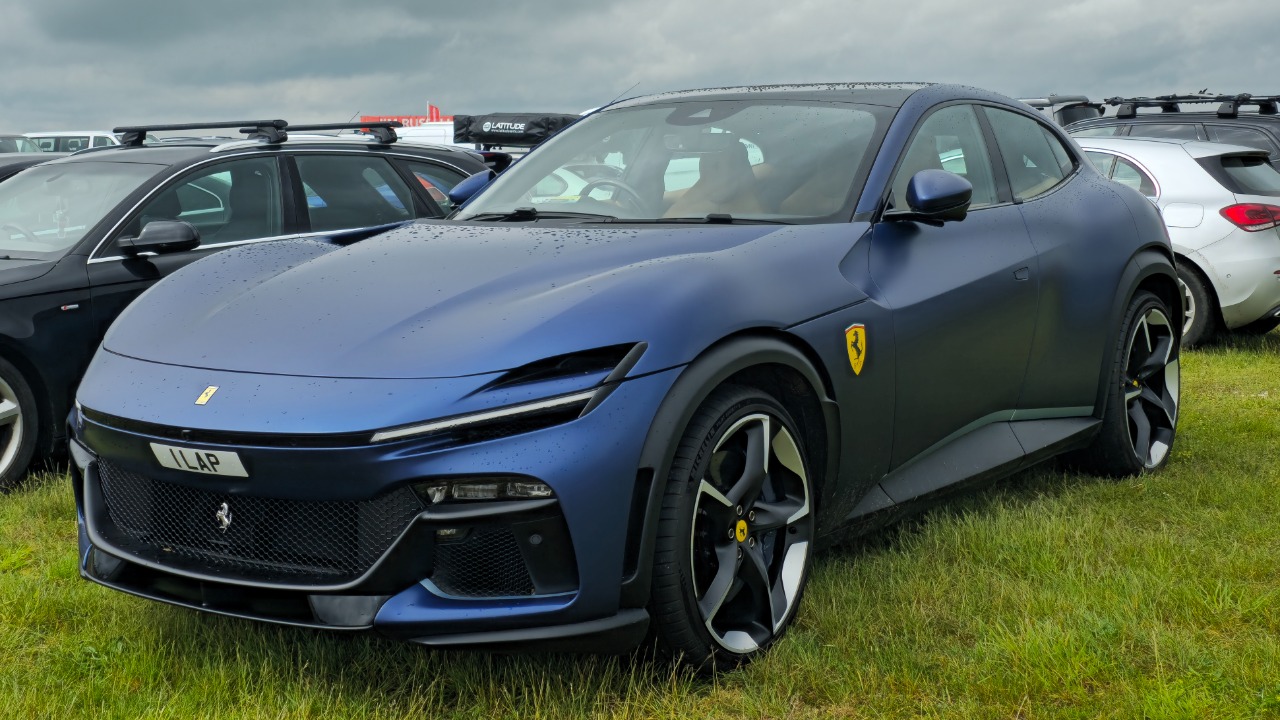
Ferrari CEO Benedetto Vigna has openly acknowledged that the brand’s prospective buyers often feel frustrated by the long wait times for delivery, which can extend up to two years for popular models like the Purosangue SUV. This frustration is a byproduct of Ferrari’s deliberate strategy to limit production and preserve the exclusivity that defines its brand. Speaking at the Monaco Grand Prix, Vigna emphasized that Ferrari’s approach, which includes capping annual output at around 14,000 vehicles, is essential to maintaining the brand’s prestige, even as global demand continues to rise.
Ferrari’s Production Strategy and Exclusivity Focus
Ferrari’s commitment to producing no more than 14,000 vehicles annually is a cornerstone of its strategy to maintain exclusivity and high value. Benedetto Vigna has reiterated that this production cap is not just a business decision but a reflection of Ferrari’s historical ethos, which dates back to Enzo Ferrari’s era of rejecting mass production. This approach ensures that models like the SF90 Stradale, which have wait times of 12-18 months, remain rare and desirable. Vigna has stated, “Exclusivity is key to our DNA,” a sentiment that underscores the company’s willingness to turn away potential buyers who do not align with the brand’s client profile.
This strategy is deeply rooted in Ferrari’s history, where the focus has always been on quality over quantity. By limiting production, Ferrari not only preserves its brand’s aura but also ensures that each vehicle meets the high standards expected by its clientele. This approach has been validated by Ferrari’s annual reports, which consistently highlight the importance of maintaining exclusivity as a key driver of the brand’s success.
Buyer Experiences with Wait Times
For many Ferrari buyers, the wait times can be a significant source of frustration. Reports indicate that the wait for the Purosangue SUV, launched in 2022, can extend up to two years, testing the patience of high-net-worth individuals eager to add a Ferrari to their collection. Anecdotes from Ferrari dealerships, such as those in Maranello, Italy, reveal that clients, including a U.S. tech executive, have waited 18 months for a Roma coupe. Despite the initial annoyance, these buyers often express satisfaction once they receive their vehicles.
Some buyers attempt to expedite the process through personal connections or participation in events like the Ferrari Challenge racing series. However, Vigna has noted that the company resists such pressures, maintaining its commitment to fairness and exclusivity. This approach ensures that all clients, regardless of their status or connections, experience the same level of exclusivity and anticipation.
Market Demand and Global Expansion Pressures
The surging demand for Ferrari vehicles in emerging markets, particularly in China, has further contributed to extended wait lists. In 2023, Ferrari sales in China grew by 23%, highlighting the brand’s increasing popularity in the region. This growth has put additional pressure on Ferrari’s production capabilities, particularly for models like the 296 GTB, which are in high demand.
In response to this growing demand, Ferrari has announced plans to open a new facility in Italy in 2025. This expansion aims to slightly increase capacity without exceeding the 14,000-unit cap, as emphasized by Vigna. Despite competitive pressures from brands like Lamborghini, which also enforce wait times, Ferrari’s pricing strategy, with hybrids costing up to $500,000, helps maintain its position as a leader in the luxury automotive market.
Company Response and Future Outlook
To manage buyer frustration during wait times of 6-24 months, Ferrari has implemented internal measures such as personalized client advisors who assign vehicles based on loyalty and purchase history. This approach helps mitigate annoyance and reinforces the brand’s commitment to exclusivity. Vigna has articulated the company’s philosophy: “We don’t want to produce more cars just to satisfy demand; quality over quantity,” a stance that will continue as Ferrari prepares to debut potential EV models in 2025 with similar wait expectations.
Despite the challenges posed by long wait times, Ferrari’s future outlook remains positive. The company projects a 10% annual revenue increase through 2026, driven by 60% of sales from repeat buyers. This loyalty underscores the effectiveness of Ferrari’s strategy and its ability to balance growth with tradition, ensuring that the brand remains synonymous with luxury and exclusivity.